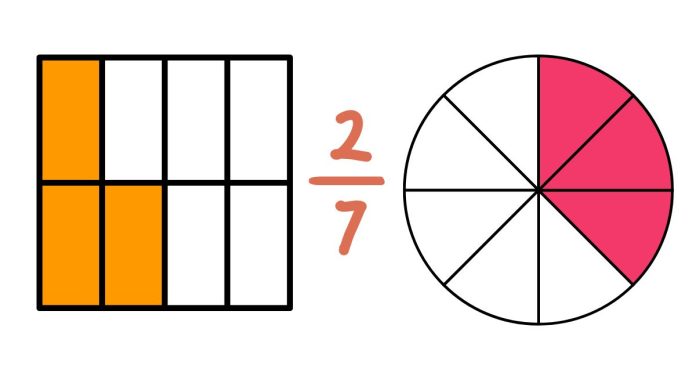Fractions are a key part of mathematics, and comparing them can be a fun exercise to understand proportions better. When presented with fractions like 3/4, 7/8, 8/10, and 7/9, determining the largest one involves comparing their values. Let’s go through the steps to find the answer.
Step 1: Convert the Fractions to Decimal Form
One straightforward way to compare fractions is to convert them into decimal numbers by dividing the numerator by the denominator:
- 3/4:
- 7/8:
- 8/10:
- 7/9:
Step 2: Compare the Decimal Values
Now that we have the decimal equivalents, let’s rank them:
- 0.75 (3/4)
- 0.777 (7/9)
- 0.8 (8/10)
- 0.875 (7/8)
The largest decimal value is 0.875, which corresponds to 7/8.
Step 3: Verify Using a Common Denominator
Another way to compare fractions is by converting them to have a common denominator. Let’s find a common denominator for 4, 8, 10, and 9. The least common multiple (LCM) of these numbers is 360.
- 3/4:
- 7/8:
- 8/10:
- 7/9:
Comparing the numerators:
- 270 (3/4)
- 315 (7/8)
- 288 (8/10)
- 280 (7/9)
The largest numerator is 315, which again corresponds to 7/8.
The largest fraction among 3/4, 7/8, 8/10, and 7/9 is 7/8. Whether you compare fractions by converting them to decimals or finding a common denominator, the result is the same. Understanding how to compare fractions is a useful skill in both academic and real-world scenarios!


